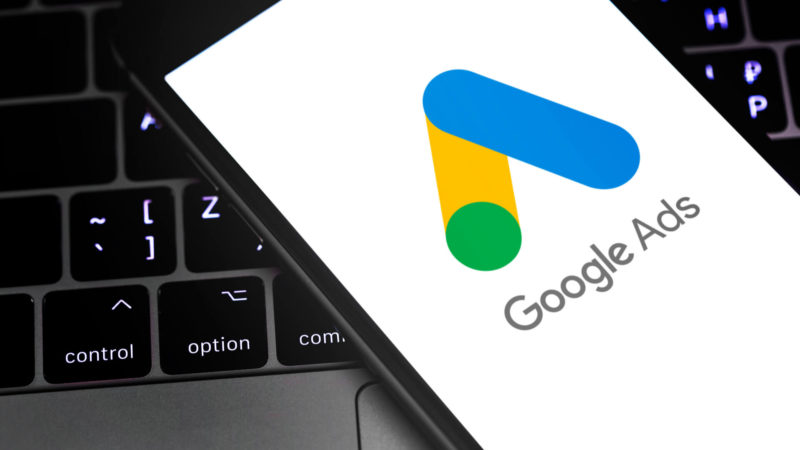
Google Ad Placement Policy Update: A Deep Dive into Enhanced Relevance
In an era where digital advertising efficiency is tantamount to success, Google’s latest update to its ad placement policy emerges as a significant game-changer. By allowing advertisers to showcase search ads in both the top and bottom positions on search results pages, Google seeks to refine the relevance of expensive ad placements and boost user engagement. But what does this mean for industry professionals?
Traditionally, Google’s framework had restricted an advertiser’s ads to appear only once on a search result page, limiting their visibility and impact. With this policy change, ads that might have previously been confined to competing in top positions are now eligible for bottom placements as well. Google asserts that this alteration has already yielded a 10% increase in the relevance of ads and a remarkable 14% boost in conversions for ads appearing at the bottom of the results.
This policy aligns with the evolving habits of users who tend to scroll through results, evaluating content from various segments of the page. By amplifying opportunities for ad visibility, Google not only enhances the advertising landscape but also prioritizes the user experience, ensuring that engagements with ads remain non-intrusive and meaningful. Moreover, advertisers should take note that Google’s auction processes remain unchanged—ads for each position will still compete separately, ensuring a fair competitive environment.
For digital marketers and SEO professionals, this shift underscores the importance of strategically aligning keywords, ad copy, and landing pages to user intent. With the new chances to reach audiences via bottom placements, advertisers are well-positioned to amplify their reach—however, they need to be vigilant in ensuring that relevance remains paramount.
Furthermore, there exists a fascinating interplay between Google’s updated policy and tools such as URL shorteners, link management systems, and custom domain linking. Efficient link management can boost overall click-through rates for ads as marketers leverage short links tailored to specific campaigns. A custom domain can also lend credibility to shortened URLs, making them more appealing to users just as Google enhances the relevance of its ads. The synergistic use of these tools with the new ad placements can potentially lead to substantial gains for advertisers, positioning them to capitalize on evolving user behaviors.
In conclusion, Google’s revised ad placement strategy illustrates an ongoing commitment to improving the user experience while optimizing ad relevance. Advertisers are encouraged to adjust their strategies accordingly, ensuring they leverage the increased opportunities this change brings. As with any shift in policy, staying informed and adaptable will be crucial for success in an evolving digital landscape.
#BitIgniter #LinksGPT #UrlExpander #UrlShortener #MarketingStrategy #GoogleAds
想了解更多: 在这里阅读更多

